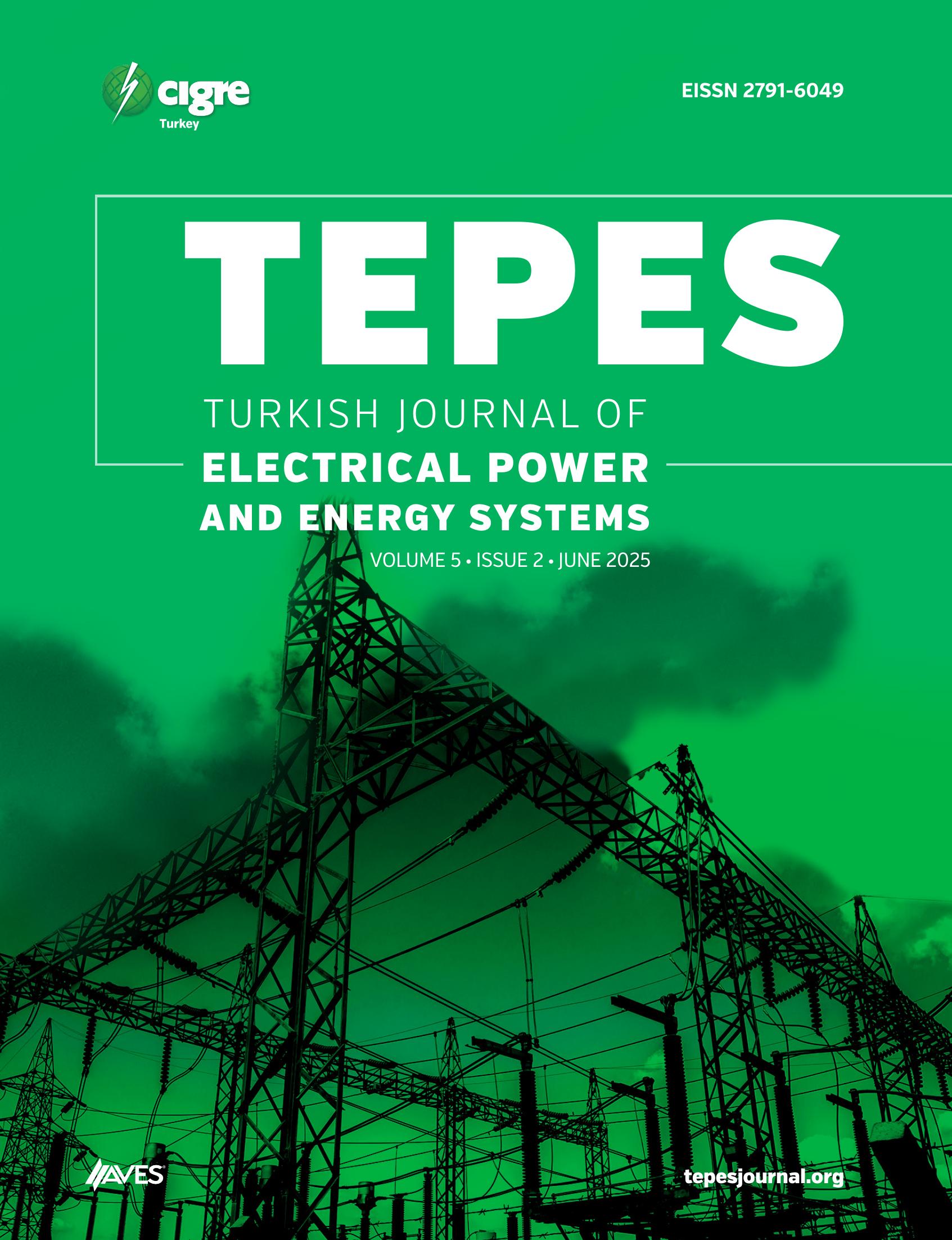Microgrid islanding detection has become challenging with the penetration of distributed generation (DG). IEEE-1547-2018 specifies that islanding is to be detected in less than 2 seconds if voltage 0.88 ≤ V ≤ 1.1 p.u. (per unit) and frequency 49 ≤ f ≤ 51 Hz (for 50 Hz) exceed these limits. The available methods of islanding detection are active, passive, hybrid, and communication. The active methods affect power quality due to injections; passive methods have a larger non-detection zone (NDZ); and communication type methods are expensive. The hybrid approach is a combination of the active and passive methods, which also deteriorate the power quality. To obviate all this, this paper proposes the rate of change of voltage phase angle (ROCOVPA) method, a passive islanding detection method which reduces NDZ and detection time when compared to other methods. The methodology is based on retrieving the voltage phase angle at the targeted output of DG first. Then, the phase angle is differentiated to get ROCOVPA to detect islanding and to isolate the microgrid seamlessly from the main grid during unintentional unsymmetrical fault. In this paper, the islanding condition is tested for double line-to-ground fault, which occurs when two lines are grounded. The non-islanding condition is also tested in MATLAB/Simulink with capacitor load connection and disconnection. The simulations are carried on ROCOVPA and compared with the widely used rate of change of frequency (ROCOF) at zero percent mismatch power. The analysis of the results depicts that ROCOVPA is effective and better than ROCOF.
Cite this article as: B. R. Lingampalli & K. S. Rao. Validation of passive islanding detection methods for double line-to-ground unsymmetrical fault in a three-phase microgrid system. Turk J Electr Power Energy Syst, 2022; 2(1): 11-20.








